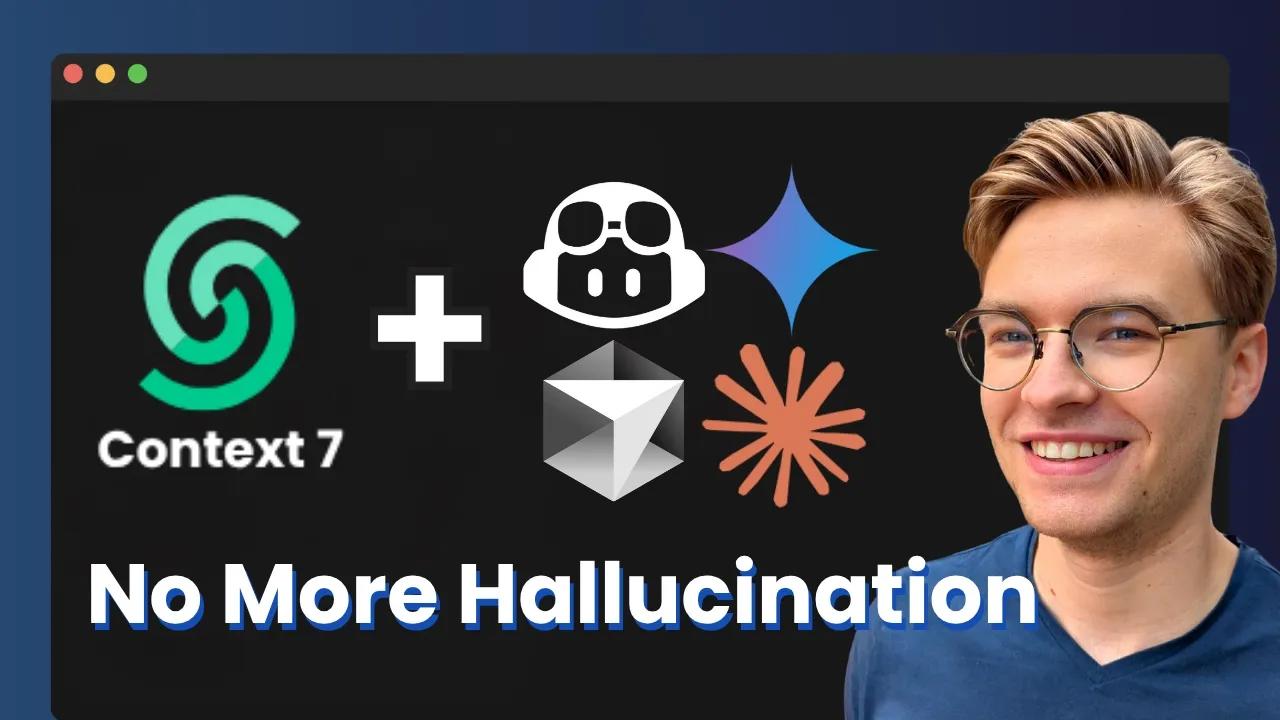How to Keep Up with Rapidly Changing AI Frameworks
The ground keeps shifting beneath our feet. In AI development, frameworks that were cutting-edge last month are already showing their age. Specifications change every few weeks—not minor updates, but fundamental shifts that break existing implementations. This isn’t a temporary growing pain; it’s the new normal in AI development. Traditional approaches to learning and building are failing, and we need new strategies to stay effective.
The Velocity of Change
Consider Model Context Protocol (MCP), a key technology for AI tool integration. Version 1.10 to 1.11 happened in weeks, not months or years. These weren’t bug fixes—they were changes to core specifications that affected how systems communicate. By the time you’ve mastered one version, two more have already shipped.
This velocity of change isn’t unique to MCP. Across the AI development landscape, frameworks evolve at unprecedented speed. What worked yesterday might not work today. What’s best practice this week might be anti-pattern next week. The comfortable cycle of learn-apply-master that served developers for decades has collapsed into a continuous scramble to keep up.
Why Traditional Learning Fails
Traditional learning assumes relative stability. You read documentation, study examples, build projects, and gradually develop expertise. This model breaks down when the documentation becomes outdated before you finish reading it. When examples no longer work by the time you try them. When the projects you build for learning use deprecated approaches before you complete them.
Books about AI frameworks are obsolete before they’re published. Online courses are teaching yesterday’s approaches. Even official documentation struggles to keep pace with actual changes. The lag between learning and application has always existed, but now it’s measured in weeks, not years.
The Hidden Cost of Rapid Evolution
Every framework change carries hidden costs. It’s not just about learning new syntax or APIs. It’s about unlearning what no longer works. It’s about refactoring existing systems to match new specifications. It’s about the cognitive overhead of constantly questioning whether your knowledge is still current.
Teams find themselves in a constant state of migration. Just as they finish updating to support the latest version, another breaking change appears. The technical debt isn’t from old, unmaintained code—it’s from code that was best practice three months ago but now needs updating.
Building on Shifting Foundations
How do you build reliable systems when the foundations keep changing? Traditional software engineering wisdom says to choose stable, mature technologies. But in AI development, waiting for stability means falling behind. The cutting-edge capabilities that could transform your product are in frameworks that change weekly.
This creates a fundamental tension. You need to adopt new technologies to stay competitive, but adopting them means accepting instability. You need to build production systems, but the ground they stand on keeps shifting. It’s like constructing a building during an earthquake—possible, but requiring entirely different approaches.
Strategies for Continuous Adaptation
Successful engineers in this environment have developed new strategies. They’ve shifted from trying to achieve mastery to maintaining currency. Instead of deep knowledge of specific versions, they focus on understanding patterns that transcend versions. They build abstraction layers that isolate their systems from framework churn.
More importantly, they’ve changed how they think about expertise. It’s no longer about knowing all the details of a framework. It’s about knowing how to quickly understand what’s changed, what’s important, and how to adapt. It’s about building learning muscles rather than static knowledge. This adaptive mindset becomes crucial when building production-ready AI systems that must remain stable despite underlying framework changes.
The Documentation Revolution
Static documentation can’t keep pace with weekly changes. The future lies in dynamic documentation systems that update automatically with framework changes. We need documentation that’s generated from code, pulled from current implementations, and validated against actual running systems.
This isn’t just about keeping documentation current—it’s about fundamentally rethinking how we capture and share knowledge in rapidly evolving fields. The documentation itself needs to be as dynamic as the frameworks it describes.
Risk and Opportunity
The rapid evolution of AI frameworks creates both risk and opportunity. The risk is obvious—systems break, knowledge becomes outdated, and development becomes more challenging. But the opportunity is equally significant. Those who can navigate rapid change have access to capabilities that transform what’s possible.
New frameworks bring new powers. Features that were impossible six months ago become trivial with the latest updates. The teams that can adopt and adapt quickly gain competitive advantages that are measured in months, not years. In a field moving this fast, the ability to change quickly becomes the ultimate differentiator.
The New Engineering Mindset
Thriving in this environment requires a fundamental shift in engineering mindset. Instead of seeking stability, embrace change. Instead of mastering frameworks, master the ability to learn frameworks. Instead of building for permanence, build for adaptability.
This doesn’t mean abandoning engineering rigor. It means applying that rigor to different challenges. How do you design systems that can evolve? How do you structure teams that can adapt? How do you build knowledge systems that update automatically? These are the questions that define modern AI engineering.
To see practical strategies for staying current with rapidly evolving AI frameworks, watch the full video tutorial on YouTube. I demonstrate real approaches to handling framework changes and keeping your development effective despite constant evolution. Want to connect with others navigating these rapid changes? Join the AI Engineering community where we share strategies for building on shifting foundations and turning rapid change into competitive advantage.

